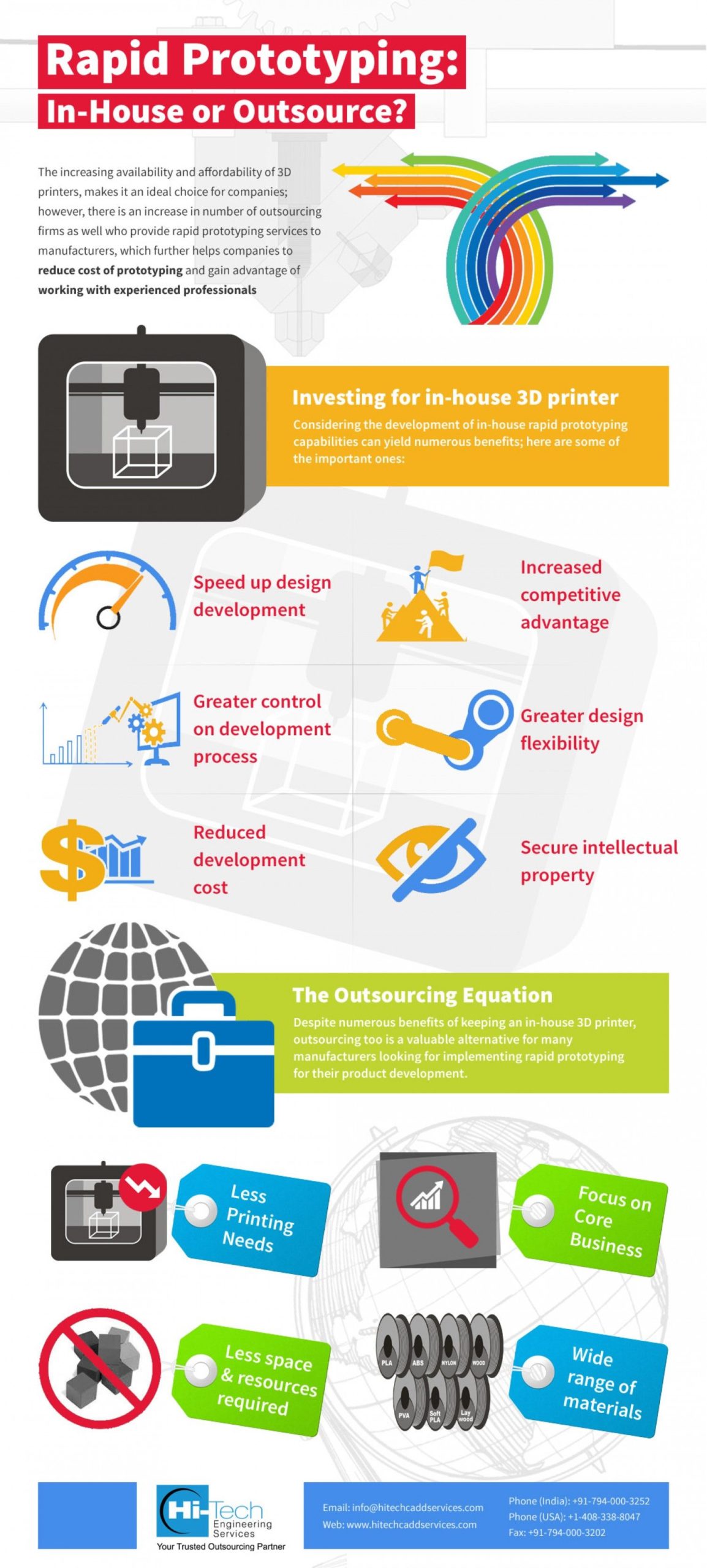 Rapid tooling is your key to manufacturing while sticking to a sleek time frame. Rapid prototyping techniques are thus mingled with traditional tooling practices in order to make way for effective and efficient mould production. This method comes with its set of merits that come home to us once we get to understand rapid tooling better.
Rapid tooling is your key to manufacturing while sticking to a sleek time frame. Rapid prototyping techniques are thus mingled with traditional tooling practices in order to make way for effective and efficient mould production. This method comes with its set of merits that come home to us once we get to understand rapid tooling better.
Understanding Rapid Tooling better
The primary focus area for rapid tooling is to lower the timescale for production. It goes on to achieve this desired effect with ease. To add to your custom made happiness, you can choose customized designs that are delivered to you based on your choice of material, faster than ever with rapid tooling into play.
Efficiency remains glued to rapid tooling process because of the smaller volumes of production that it is required to look into. Another factor happens to be efficient CAD design processing. Cost reduction and desired production are the end results that fall your way.
Advantages of Rapid Tooling:
Being the unconventional model of tooling, rapid tooling becomes the theme of interest easily. It does carry along its fair set of advantages with it. Here are the basic advantages:
– Cost effectiveness: Rapid tooling is cost effective compared to traditional/conventional tooling. This means you gain advantages on the monetary front.
– Time taken: Rapid tooling consumes comparatively less time in comparison to conventional tooling.
– Easy availability: The product availability is enhanced as the market remains well supplied with it.
– Perfect for small quantity requirements: The method seems to be tailored perfectly for small quantity needs.
– Prototyping: It can be effectively used for prototyping.
There are several other advantages that rapid tooling packs along with it. If you are looking out for a unique design, crafted unconventionally according to your preferences, rapid tooling should be your first resort. Your product will be delivered to you after proper mould trialing.
Hard tooling versus Soft tooling – Understanding the Differences
Tooling can be achieved through the use of different materials and thus different tooling techniques. The selection you make is based on your set of needs. However, here are the major differences between soft tooling and hard tooling that you need to consider when rapid tooling is under discussion.
– Soft tooling makes use of materials like silicone and urethane whereas hard tooling concerns itself with materials like steel and aluminum.
– Soft tooling is used when the number of required prototypes is small (for example – 100 prototypes) whereas hard tooling is utilized in cases where greater amounts of prototypes await production.
– Soft tooling allows preconception and testing of designs whereas hard tooling is meant to aid immediate purposes of production.
– Storage issues do not fall at your feet with small moulds obtained from soft tooling, whereas production procured through hard tooling requires effective storage space.
However, the kind of tooling that you opt for depends on the purpose you are trying to address. Hence, with tooling at play, it is advisable that you make your specific choice based on your set of parameters and requisites.








